Vietnam's aviation industry is facing a major challenge: a shortage of aircraft due to engine recalls by manufacturers and airline restructuring.
According to experts, the shortage of aircraft not only affects the service capacity of airlines but also reduces the competitiveness of the aviation industry. To deal with this situation, Deputy Minister of Transport Le Anh Tuan assigned the Civil Aviation Authority of Vietnam to study a plan to support airlines to increase the number of aircraft to meet market demand and improve service quality.
Aviation faces many difficulties
According to Mr. Do Hong Cam, Deputy Director of the Civil Aviation Authority of Vietnam, recently, the market air Vietnam faces many difficulties. In addition to coping with the negative impacts of Covid-19, the aviation industry also has to deal with challenges from the decline in the aircraft fleet. Currently, the number of aircraft of Vietnamese airlines has decreased by about 40-45 compared to 2023 due to the recall of engines by manufacturers and the restructuring of Bamboo Airways and Pacific Airlines.
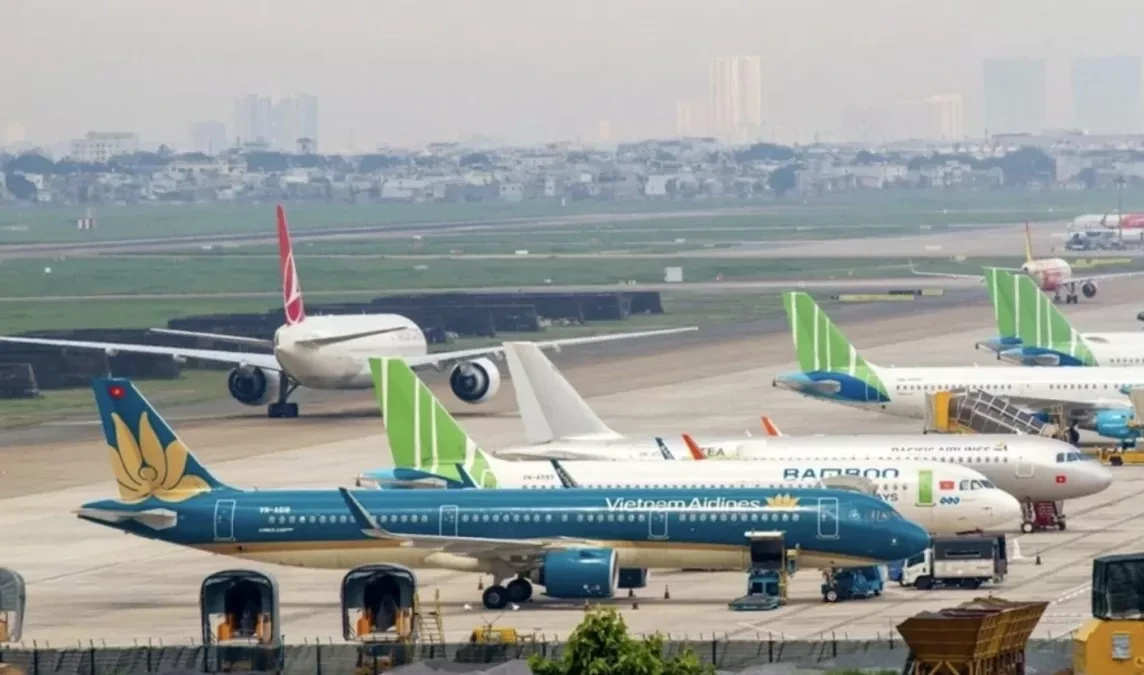
In the context of shortage plane Globally, domestic airlines are also facing many obstacles in finding and leasing aircraft due to high rental prices. In addition, fuel prices are also high, and the difference in foreign exchange rates also contributes to increased operating costs. In addition, due to the shortage of aircraft fleets, airlines are forced to adjust down the supply on domestic routes. This leads to a decrease in the domestic market compared to the same period in 2019.
These factors have affected supply and are one of the reasons for the fluctuations in airfares on domestic routes during peak periods (holidays, Tet). The reduction in supply not only affects the recovery of the aviation industry but also causes difficulties for passengers.
Struggling to find a solution
Deputy Director of the Civil Aviation Authority of Vietnam Do Hong Cam said that in the context of aircraft shortage, the unit has arranged resources to ensure the exploitation plan. In particular, the Civil Aviation Authority has optimized the time of aircraft exploitation during the day, increased night flights to help airlines maintain and stabilize the maximum rate and frequency of flights. In addition, this agency has also increased monitoring and inspection of ticket sales, declaration, ticket price listing, and supervision of ticket supply and booking, to ensure transparency and stability in the aviation market.
According to a representative of Vietnam Airlines, the airline has recently implemented a series of solutions to ensure supply capacity. Facing difficulties, although the fleet has decreased by an average of over 10% compared to 2023, the total number of flights reached nearly 70,000, an increase of 8.6% over the same period. Flight hours reached 165.8 thousand hours, an increase of 11.3% over the same period. The number of passengers transported on the entire network reached 11.1 million, an increase of nearly 10% over the same period, and the on-time performance index (OTP) reached a high of 86.4%.
With Vietjet airline, the engine manufacturer Pratt & Whitney (PW) recalled the PW1100 engine , All 50 engines on the airline's 25 A321Neo aircraft will have to be removed for repair. directly impact the transport force, fleet size and supply capacity on domestic and international routes.
As of July 2024, the airline's total number of grounded aircraft is 10 and one more will be grounded from October. To address the above situation, in the last 6 months of 2024, Vietjet plans to receive 10 aircraft, including 8 A321Neo and 2 E190.
In 2025, Vietjet plans to continue receiving A321Neo, A330-300, E190 and Boeing 737 Max aircraft. However, the aircraft receiving schedule is also affected by factors from the production line, lack of spare parts, materials and labor, leading to impacts on Vietjet's plan to receive new aircraft.
Many positive signals
Deputy Minister of Transport Le Anh Tuan assessed that the aviation industry has shown many positive signs despite facing difficulties from a lack of aircraft, restructuring, flight route arrangement, high fuel prices, foreign exchange rate differences, etc. This is thanks to the attention and direction of the Government and state management agencies that have provided flexible and appropriate solutions. One of the factors promoting the growth of international air transport operations is from Vietnam's preferential policies and programs on tourism and visas for international tourists.
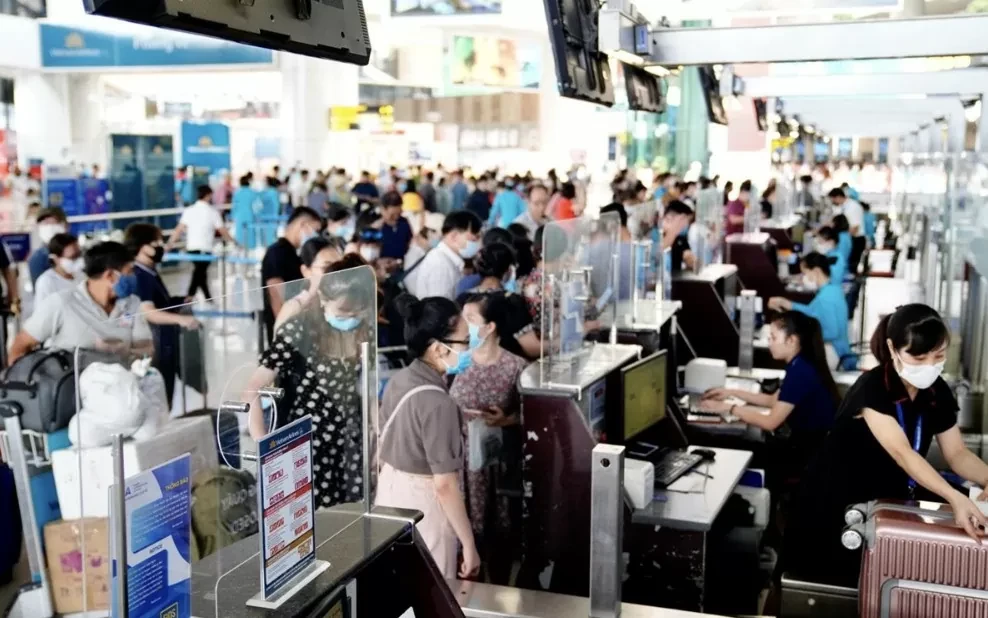
In addition, the aviation management agency is also continuing to promote negotiations to amend, supplement, and sign aviation agreements with authorities of countries around the world.
In the first 6 months of the year, the transport output reached approximately 37.5 million passengers, an increase of 3.7% over the same period in 2023 and equal to 96% of the same period in 2019 - when aviation activities were on a good growth track. The highlight was the exploitation of the international market with an output of 20.2 million passengers, an increase of 38.6% over the same period in 2023 and equal to the same period in 2019.
Deputy Minister Le Anh Tuan requested the Civil Aviation Authority of Vietnam to proactively resolve difficulties as well as recommendations and proposals from airlines and report to the Ministry of Transport.
With the shortage of aircraft due to engine recalls by manufacturers, the Deputy Minister asked airlines to clearly report on plans that need support from the State. At the same time, he asked relevant units to study and find solutions for the Ministry of Transport to synthesize and report to the Prime Minister.
In addition, when adjusting support for input costs, businesses proactively seek solutions, propose policies and mechanisms for the Ministry of Transport to consider and report to the Prime Minister and the State Capital Management Committee at enterprises to have appropriate solutions.
Regarding load control at some airports, the Civil Aviation Authority of Vietnam and the Airports Corporation of Vietnam (ACV) reviewed all runways, reported on investment implementation, maintenance capital sources, and made appropriate and timely recommendations to airlines.
Source





![[Photo] Overcoming all difficulties, speeding up construction progress of Hoa Binh Hydropower Plant Expansion Project](https://vstatic.vietnam.vn/vietnam/resource/IMAGE/2025/4/12/bff04b551e98484c84d74c8faa3526e0)

![[Photo] Closing of the 11th Conference of the 13th Central Committee of the Communist Party of Vietnam](https://vstatic.vietnam.vn/vietnam/resource/IMAGE/2025/4/12/114b57fe6e9b4814a5ddfacf6dfe5b7f)

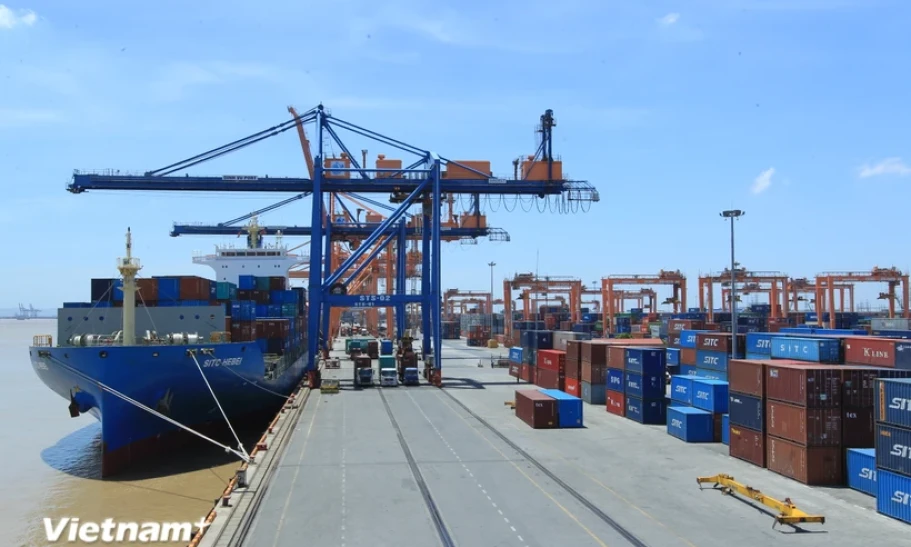
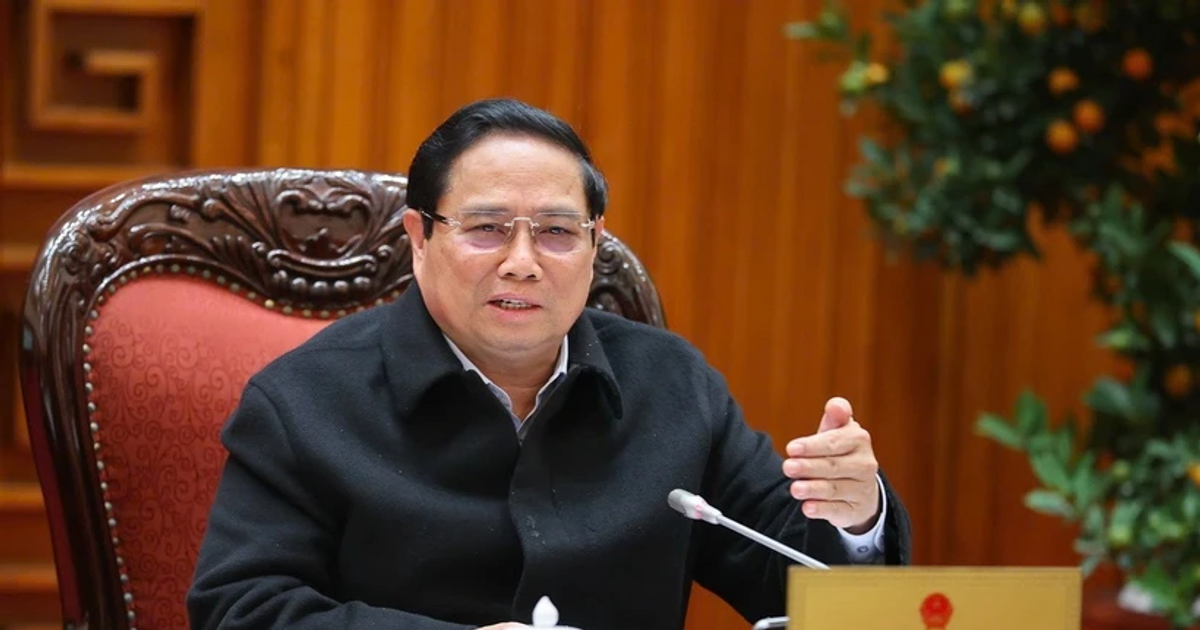
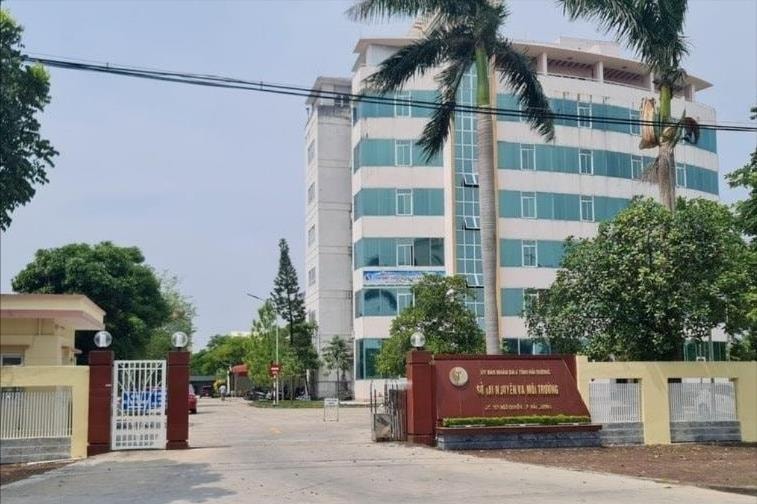
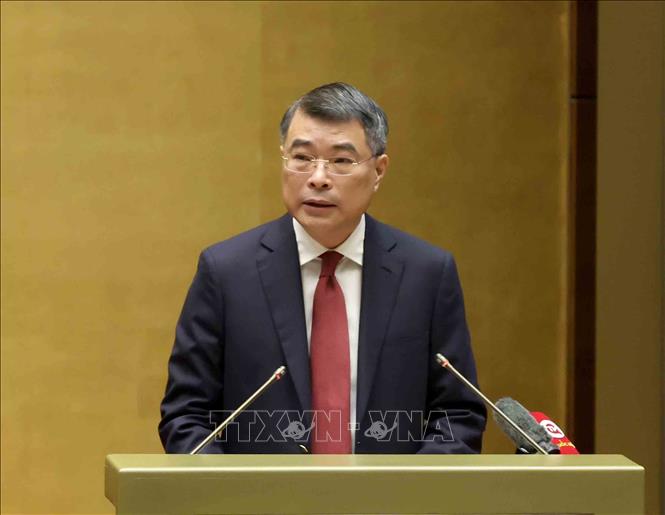




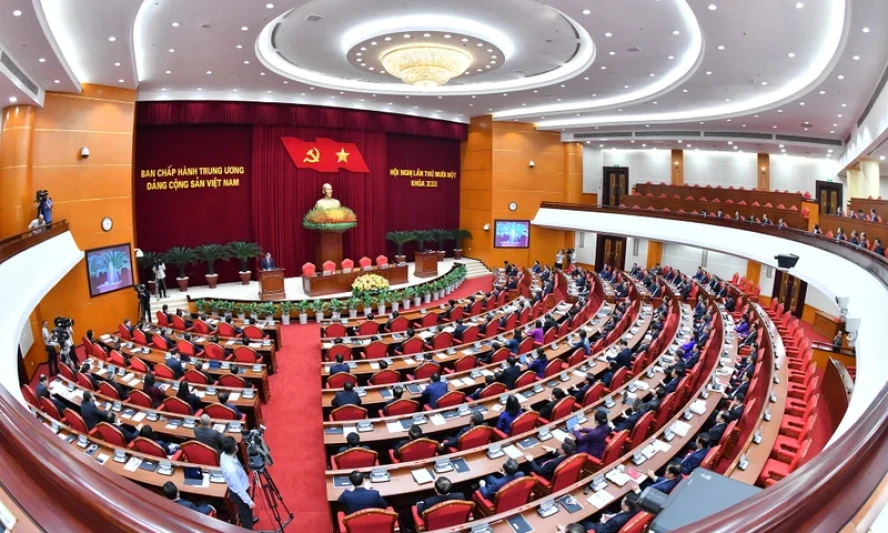


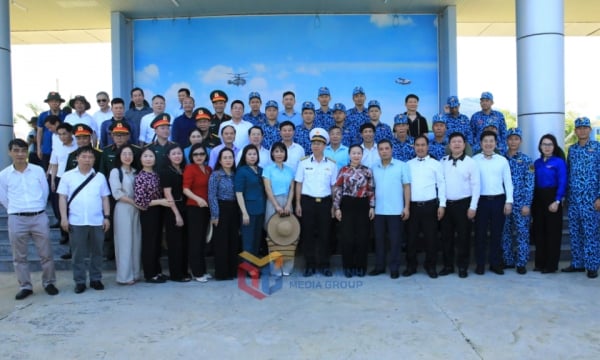



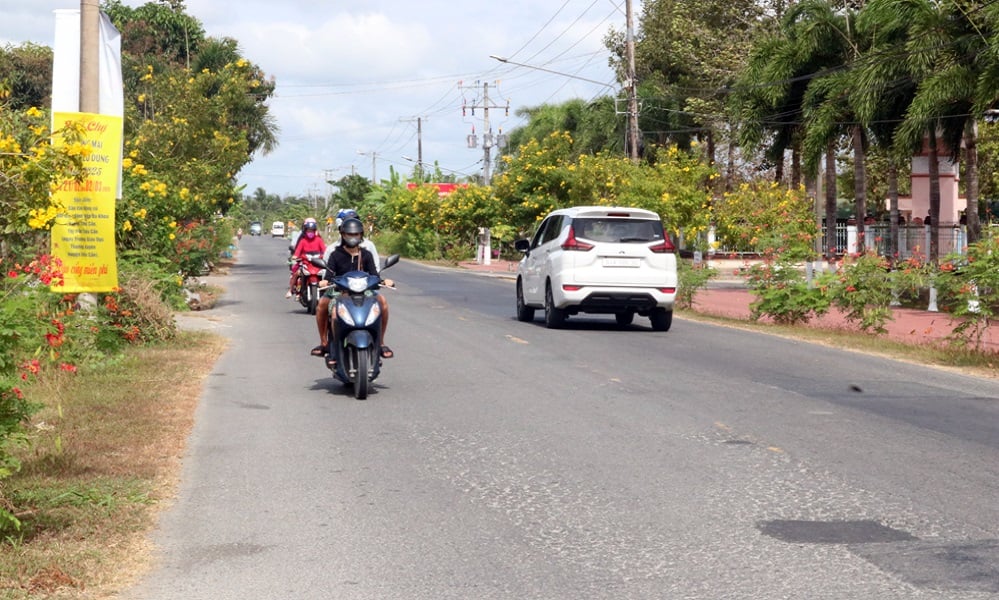
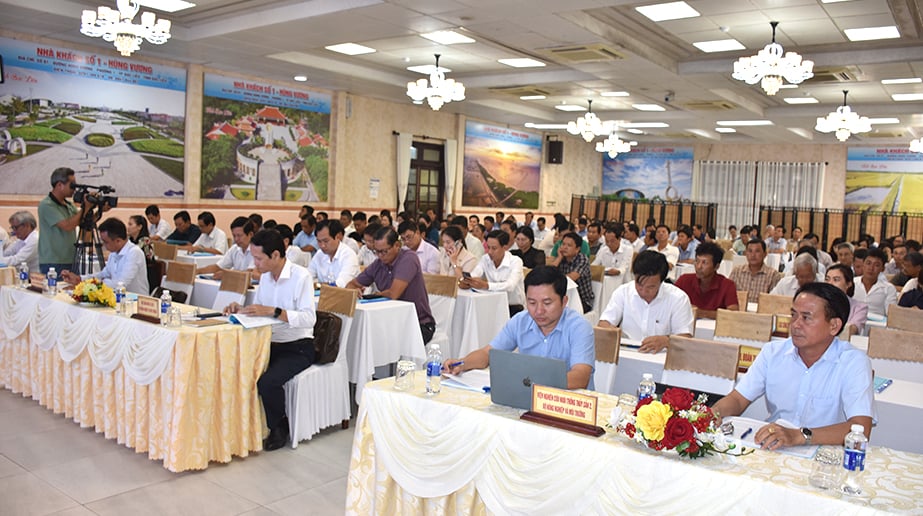
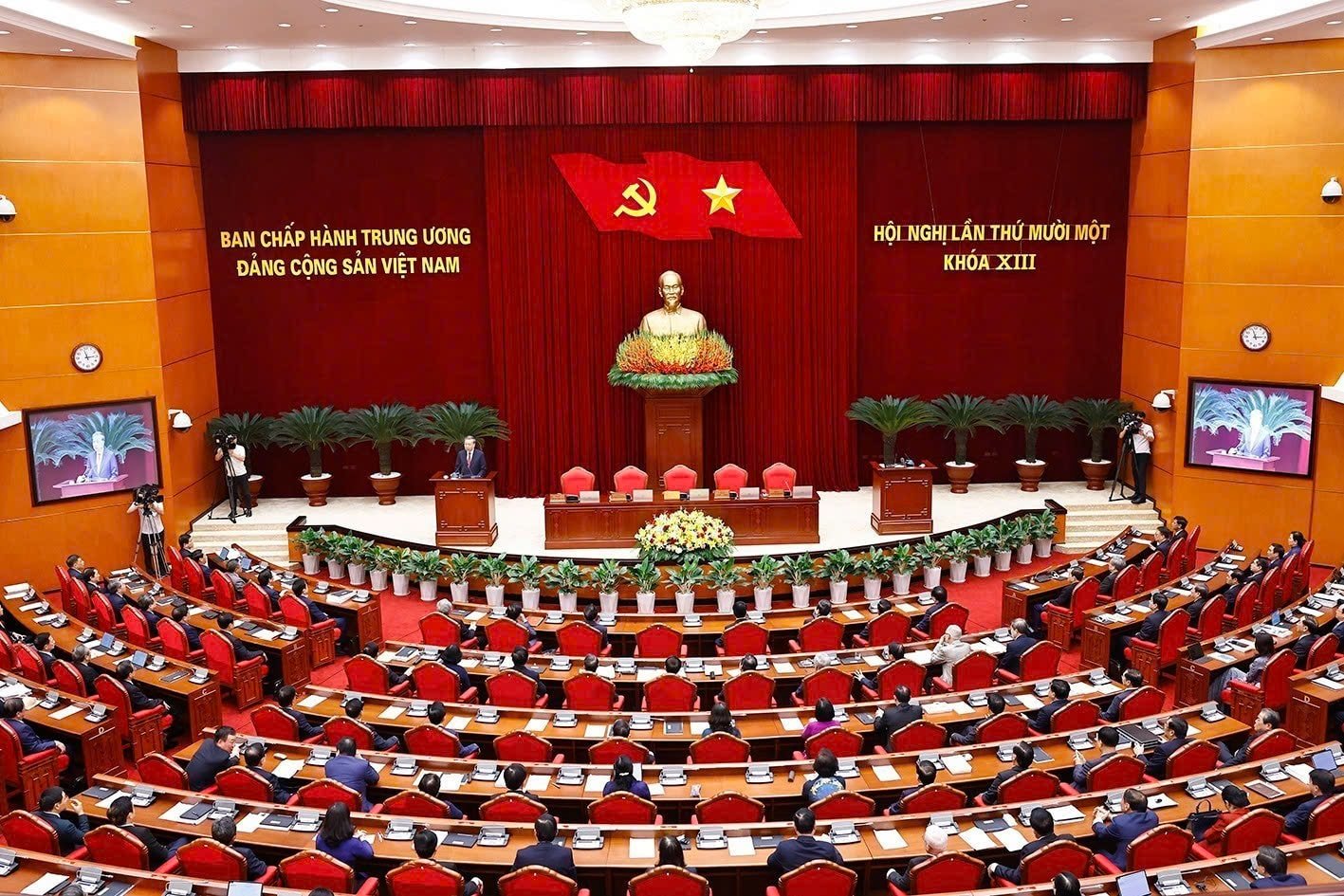

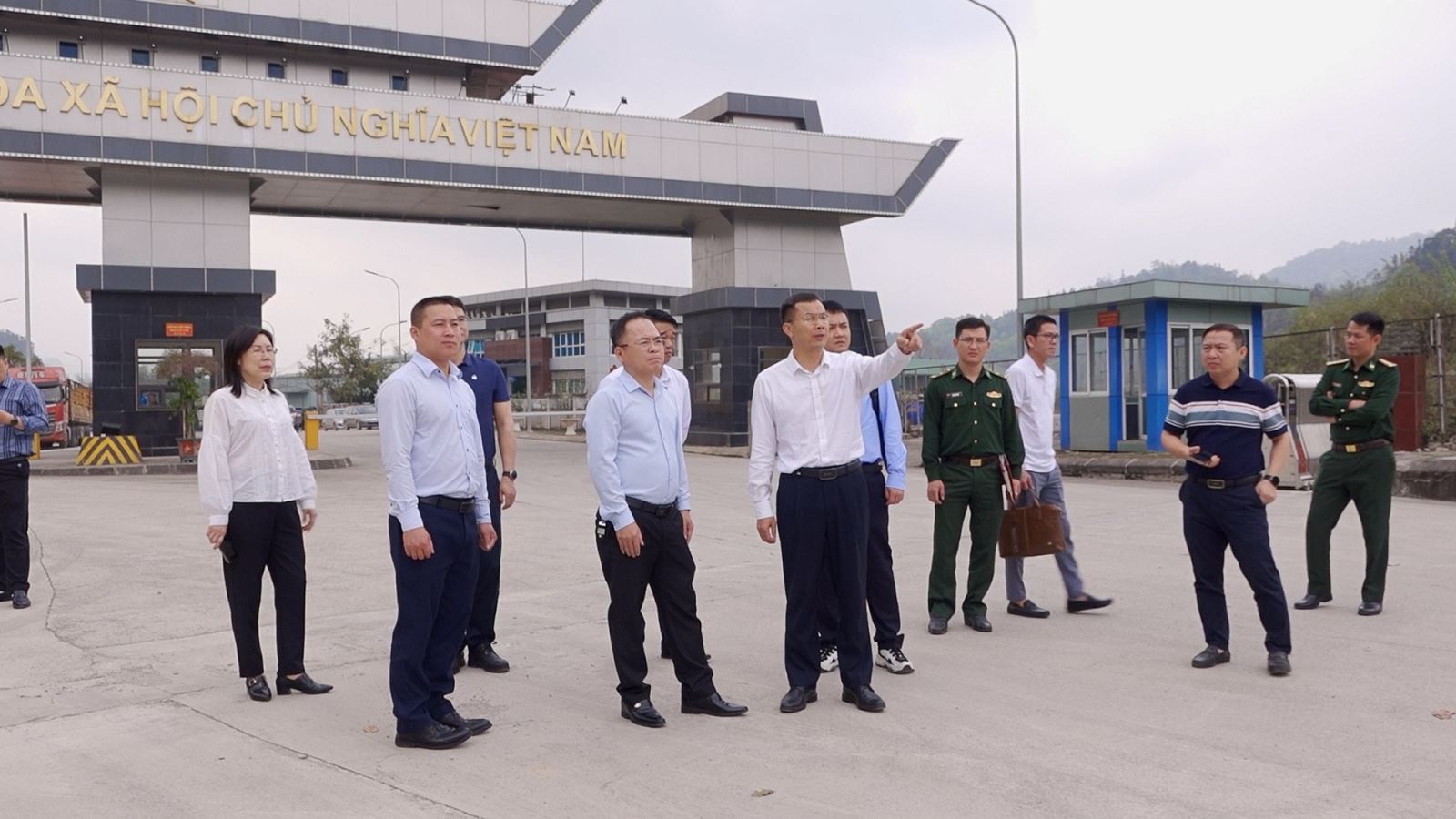
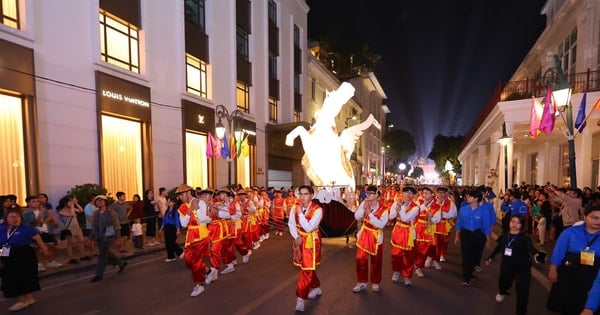






























































Comment (0)